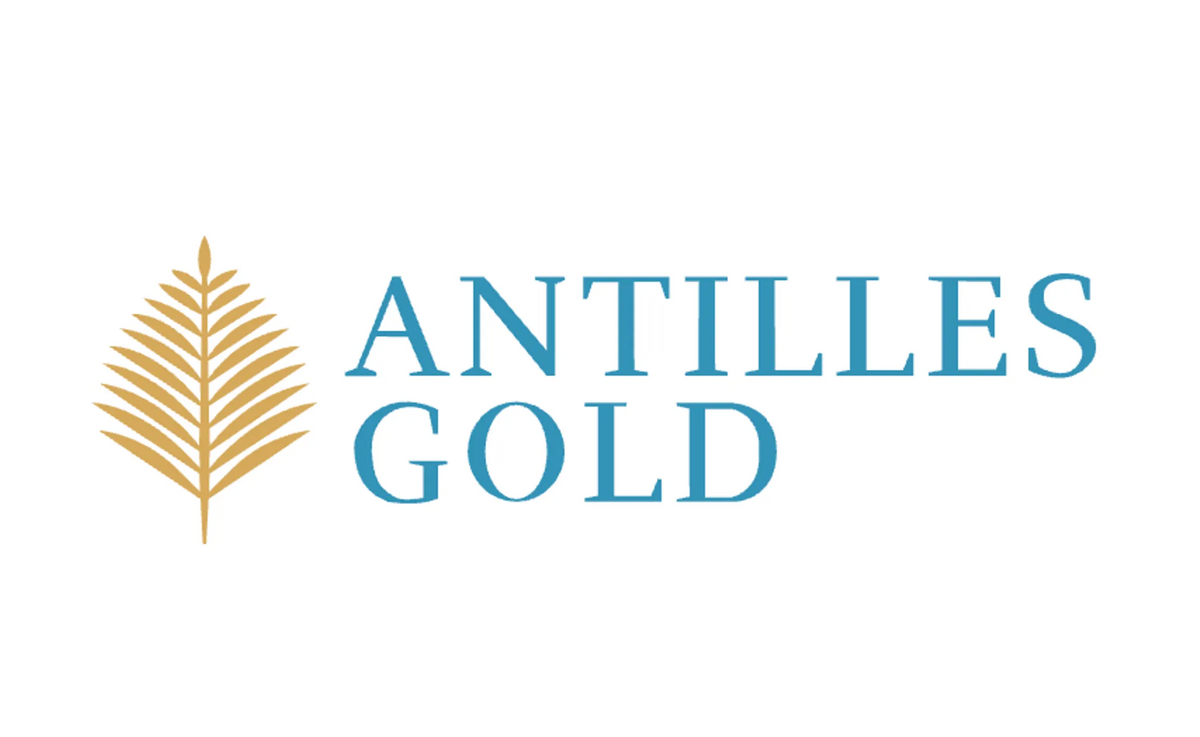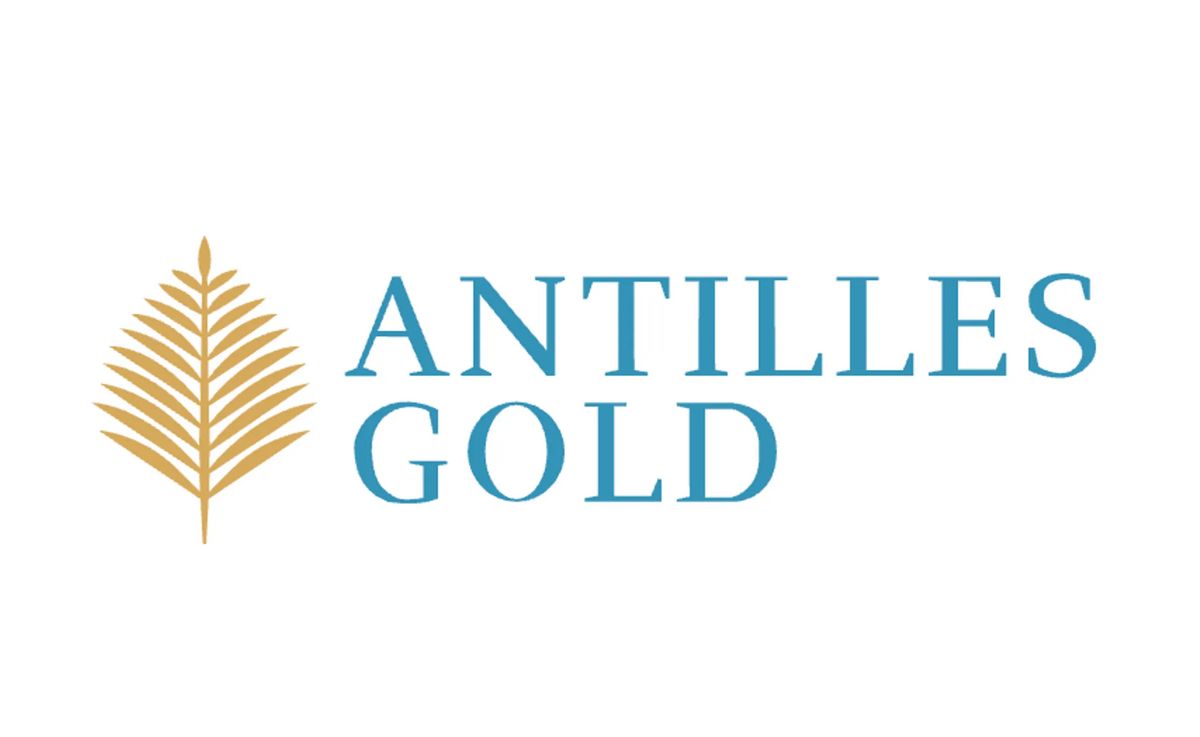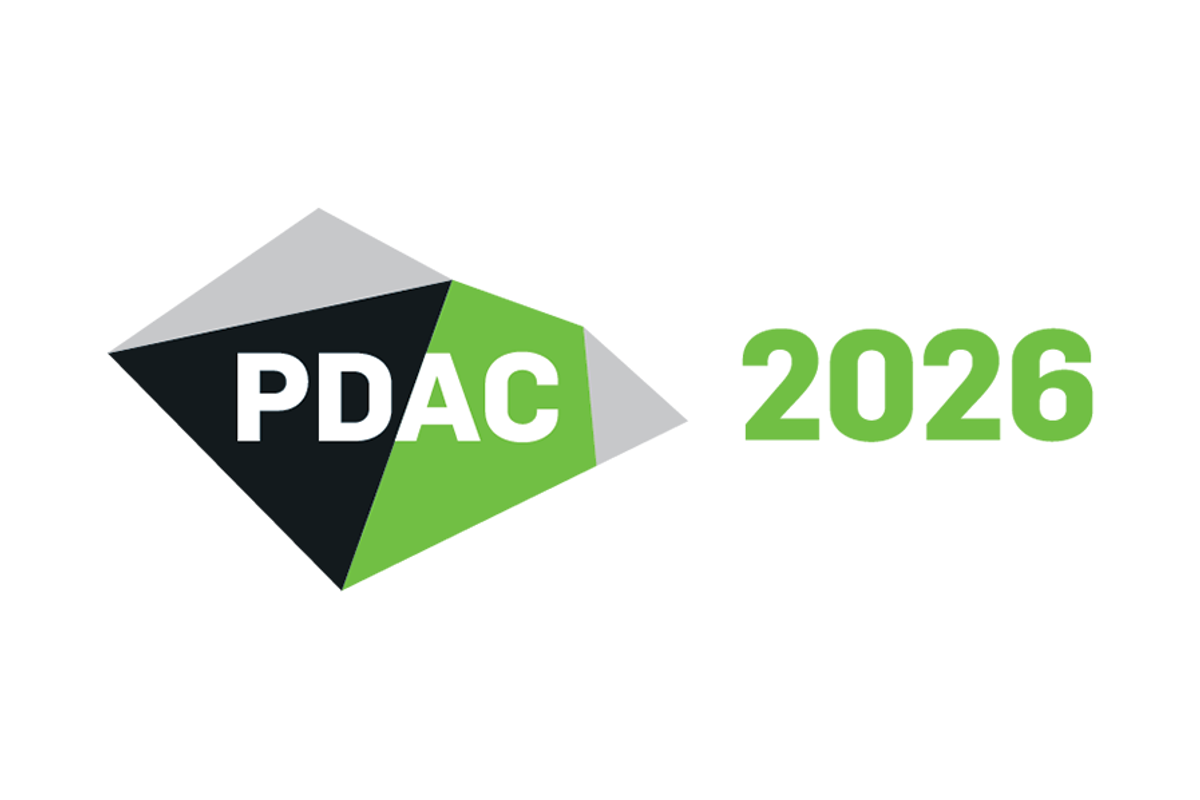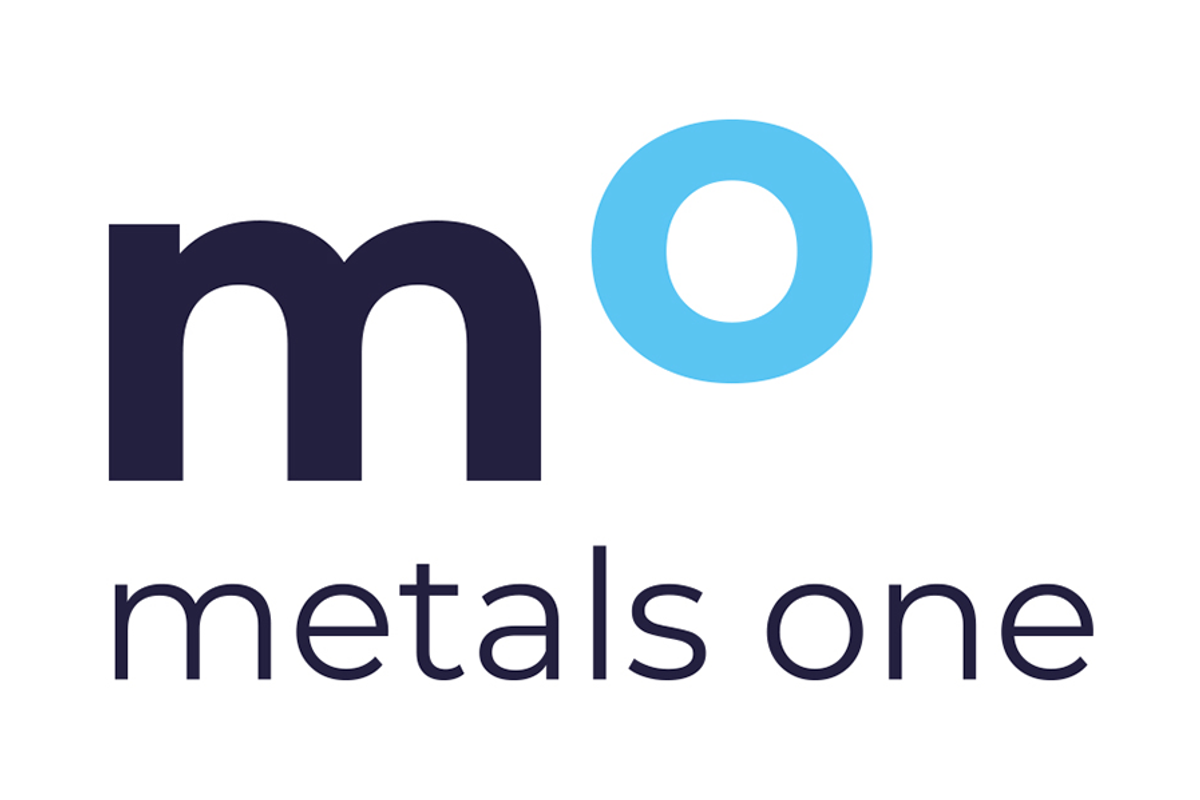
April 25, 2024
Description
The securities of Antilles Gold Limited (‘AAU’) will be placed in trading halt at the request of AAU, pending it releasing an announcement. Unless ASX decides otherwise, the securities will remain in trading halt until the earlier of the commencement of normal trading on Tuesday, 30 April 2024 or when the announcement is released to the market.
Issued by
ASX Compliance
Click here for the full ASX Release
This article includes content from Antilles Gold, licensed for the purpose of publishing on Investing News Australia. This article does not constitute financial product advice. It is your responsibility to perform proper due diligence before acting upon any information provided here. Please refer to our full disclaimer here.
AAU:AU
The Conversation (0)
23 June 2024
Antilles Gold Limited
Developing Gold and Copper Projects in mineral‐rich Cuba
Developing Gold and Copper Projects in mineral‐rich Cuba Keep Reading...
17 February
Antilles Gold to Raise $1.0M for Working Capital
Antilles Gold Limited (AAU:AU) has announced Antilles Gold to Raise $1.0M for Working CapitalDownload the PDF here. Keep Reading...
31 January
Quarterly Activities/Appendix 5B Cash Flow Report
Antilles Gold Limited (AAU:AU) has announced Quarterly Activities/Appendix 5B Cash Flow ReportDownload the PDF here. Keep Reading...
12 January
Summary of Pre-Feasibility Study for Nueva Sabana Mine
Antilles Gold Limited (AAU:AU) has announced Summary of Pre-Feasibility Study for Nueva Sabana MineDownload the PDF here. Keep Reading...
11 December 2024
Revision to Updated Scoping Study Nueva Sabana Mine, Cuba
Antilles Gold Limited (AAU:AU) has announced Revision to Updated Scoping Study Nueva Sabana Mine, CubaDownload the PDF here. Keep Reading...
04 December
Top 5 Australian Mining Stocks This Week: African Gold Shines on Acquisition by Montage
Welcome to the Investing News Network's weekly round-up of the top-performing mining stocks listed on the ASX, starting with news in Australia's resource sector.Gold, rare earths, metals and iron ore are all in this week’s list, with each company’s share climbing on either M&A news or project... Keep Reading...
04 December
Frank Holmes: Next Gold, Silver Price Calls, Plus Top 2026 Asset
Frank Holmes of US Global Investors (NASDAQ:GROW) shares his forecast for gold and silver.He sees gold testing US$5,000 per ounce next year and then reaching US$7,000 by the end of US President Donald Trump's second term in office. "And I think that silver will be over US$100," he added.Don't... Keep Reading...
04 December
Gold’s Next Test: WGC Lists 3 Potential Price Scenarios in 2026 Outlook
Investors should brace for continued economic uncertainty and financial market volatility in 2026, the World Gold Council (WGC) warns in its 2026 outlook — and those circumstances could have various effects on gold. After a blistering 2025 that has so far seen the yellow metal hit more than 50... Keep Reading...
04 December
Exploring Investment Opportunities in Colombia’s High-grade Gold Resource
Colombia's mining sector is experiencing a renaissance, with the country's rich mineral resources attracting increasing attention from global investors. At the forefront of this resurgence is the Antioquia region, a historical gold-mining hub that continues to yield impressive results. This... Keep Reading...
04 December
Registration opens for PDAC 2026: The World’s Premier Mineral Exploration & Mining Convention
The Prospectors & Developers Association of Canada (PDAC) is pleased to announce that registration is now open for PDAC 2026, taking place March 1-4, 2026, at the Metro Toronto Convention Centre in Toronto. The world’s leading gathering for mineral exploration and mining will once again unite... Keep Reading...
04 December
Placement to Institutional and Sophisticated Investors, Appointment of Joint Broker,Issue of Equity & TVR
Metals One (AIM: MET1, OTCQB: MTOPF), a critical and precious metals exploration and development company, is pleased to announce it has successfully raised gross proceeds of £4.4 million (before expenses) through a placing of new ordinary shares with institutional and sophisticated investors... Keep Reading...
Latest News
Latest Press Releases
Copper Quest Closes $1,927,000 Private Placement
05 December
Related News
TOP STOCKS
American Battery4.030.24
Aion Therapeutic0.10-0.01
Cybin Corp2.140.00







